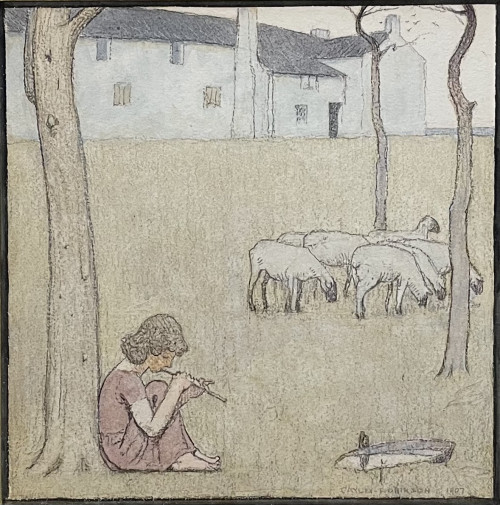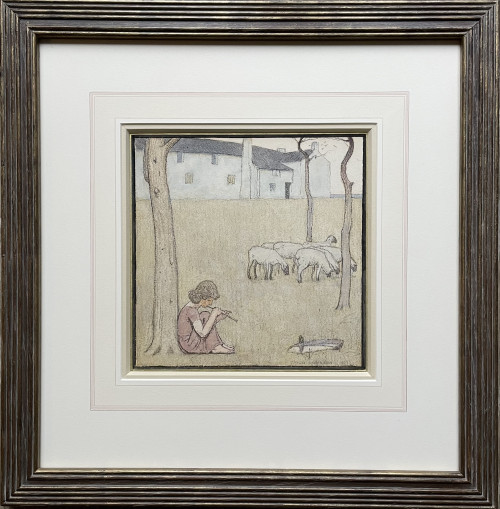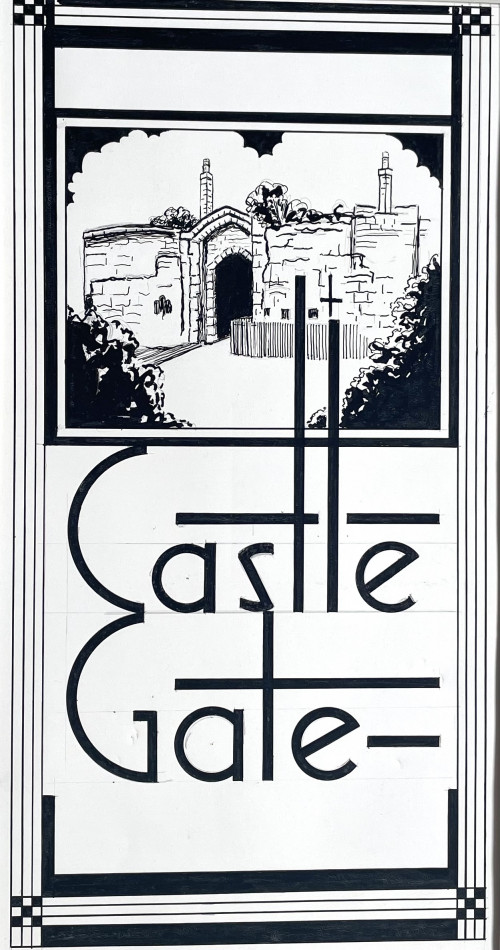- HOME
-
- View All Items
- New Arrivals
- Featured Items
- Artists
-
- View All
- Contemporary
- Birmingham School
- Cotswold Group
- Landscape
- Urban Townscape
- Abstract
- Animals/Birds
- Arts & Crafts
- British Impressionist
- Botanical
- Design/Industrial
- Fantasy/Fairy Subjects
- Female Artists
- Figurative
- Historical
- Illustration/Cartoon
- Marine
- Military/War Artist
- Modern British
- Pre-raphaelite/ Romantic/ Aesthetic
- Nude
- Portrait
- Prints
- Scottish
- Sculpture
- Sporting
- Still Life
- Theatrical
- Interiors/Architectural
-
ARCHIVE
Genre
- View All
- Contemporary
- Birmingham School
- Cotswold Group
- Landscape
- Urban Townscape
- Abstract
- Animals/Birds
- Arts & Crafts
- British Impressionist
- Botanical
- Design/Industrial
- Fantasy/Fairy Subjects
- Female Artists
- Figurative
- Historical
- Illustration/Cartoon
- Marine
- Military/War Artist
- Modern British
- Pre-raphaelite/ Romantic/ Aesthetic
- Nude
- Portrait
- Prints
- Scottish
- Sculpture
- Sporting
- Still Life
- Theatrical
- Interiors/Architectural
- ARTISTS
- Online Exhibitions
- Events
- About
- Contact
- Home
- Medium
- Watercolour & Drawing
- Piazza Trinita die Monti, Spanish Steps, Rome by William Walcot
Piazza Trinita die Monti, Spanish Steps, Rome by William Walcot
Piazza Trinita die Monti, Spanish Steps, Rome by William Walcot
WILLIAM WALCOT
(1874-1943)
Piazza Trinita die Monti, the Spanish Steps, Rome
Signed and dated l.r.: W Walcot 1922
Watercolour and bodycolour over traces of pencil
Framed
54 by 84 cm., 21 ¼ by 33 in.
(frame size 78 by 107 cm., 30 ¾ by 42 in.)
Provenance:
Abbott and Holder, London;
Private collection.
Born in Russia, the son of an English father and a Russian mother, he grew up in Western Europe and South Africa before returning to Russian at the age of 17. He studied art and architecture at the Imperial Academy of Arts in Saint Petersburg before further studies in Paris. He worked as an architect in Moscow creating and distinctive oeuvre of Art Nouveau buildings, the largest and best known being the Metropol Hotel. In 1906 he moved to London where he became one of the most prominent architectural draughtsmen of the 1920s and 1930s. He was elected to the Royal Society of British Artists in 1913, an associate of the Royal Society of Painter-Etchers and Engraves in 1916 and a Fellow of the RIBA in 1922. He was also an associate of the British School at Rome. His successful practice failed with the outbreak of World War II and in 1943 he committed suicide.
Thank you for your enquiry.
We will get back to you soon.
Please create wishlist to add this item to
RELATED ITEMS



















